Dividing Plants - 101
With most things in life when you divide you get less.
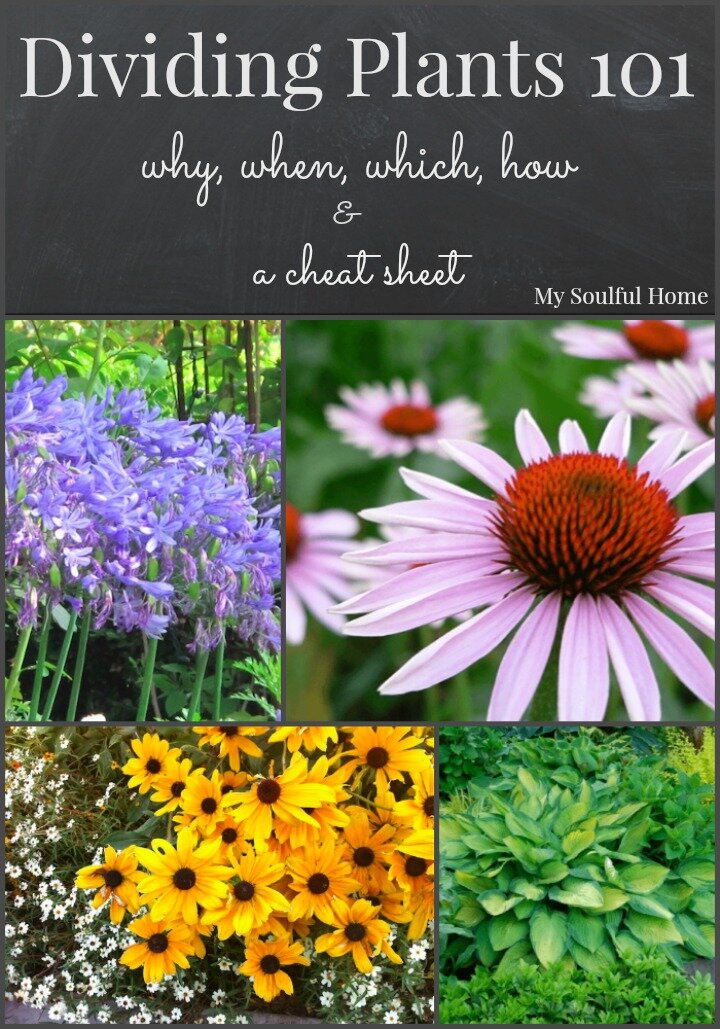
The birthday girl gets less cake when she divides it up amongst her guests.
The heiress gets less when the fortune is divided amongst her siblings...and so on.
You get the picture.
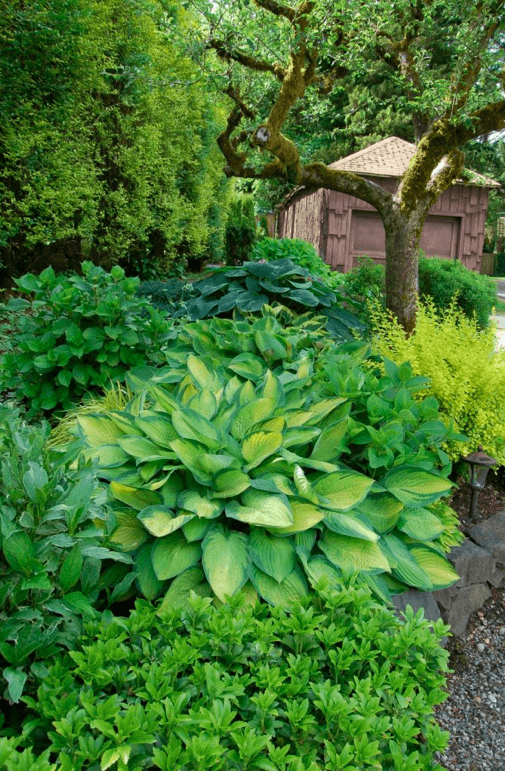
This is not the case in the garden. In the garden when you divide you get more...much more!
Isn't the garden a special place?
Got questions about dividing your plants?
I have answers for you Dividing Plants 101.
Let's dig in!
Why Divide your Plants
There are three main reasons to divide your plants:
- control the size (avoiding the hostsa that ate my house scenario);
- to rejuvenate;
- to increase the number.
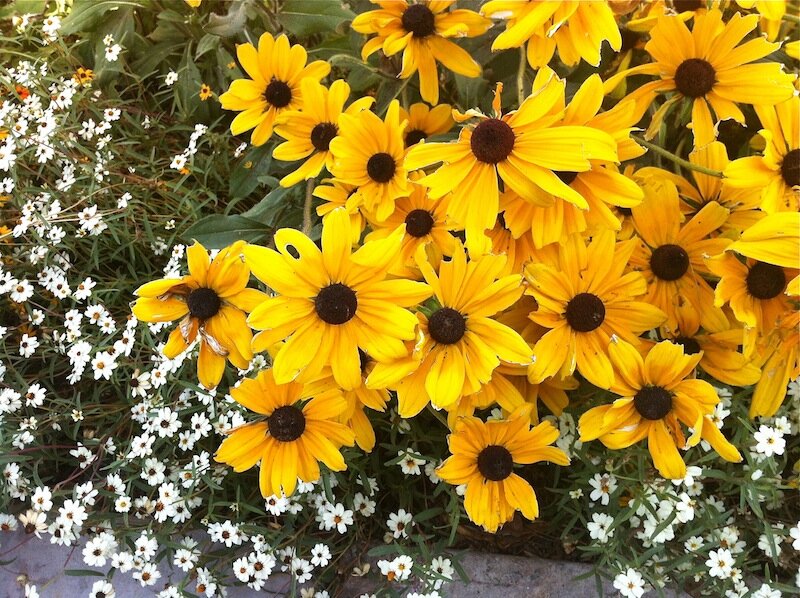
When to Divide your Plants
Divide Spring/Summer bloomers in the fall.
Divide Fall/Winter bloomers in the Spring.
Easy to remember, if it is flowering, or should be, don't divide. Also don't divide in super hot weather. That will put too much stress on the plant.
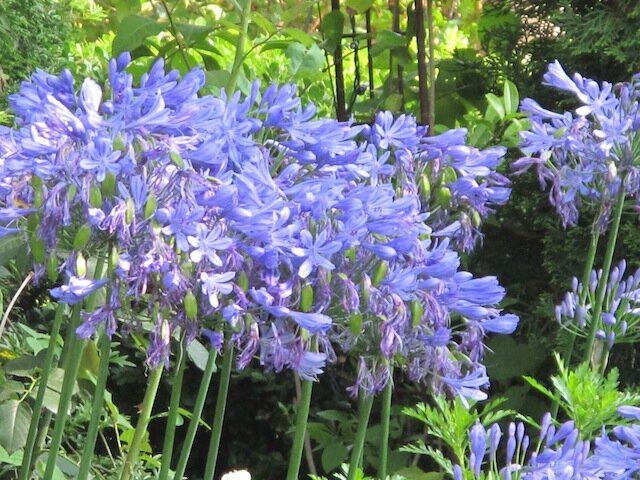 How to Divide your Plants
How to Divide your Plants
- Prepare the area where you will put the new divisions
- Prune the 'mother' plant to 6" off the ground
- With a pointed shovel dig all around the plant in a circle following the drip line
- Pry under the plant with the shovel & lift
- Shake off the lose soil
- Separate roots
In separating the root systems keep in mind all roots are not created equal.
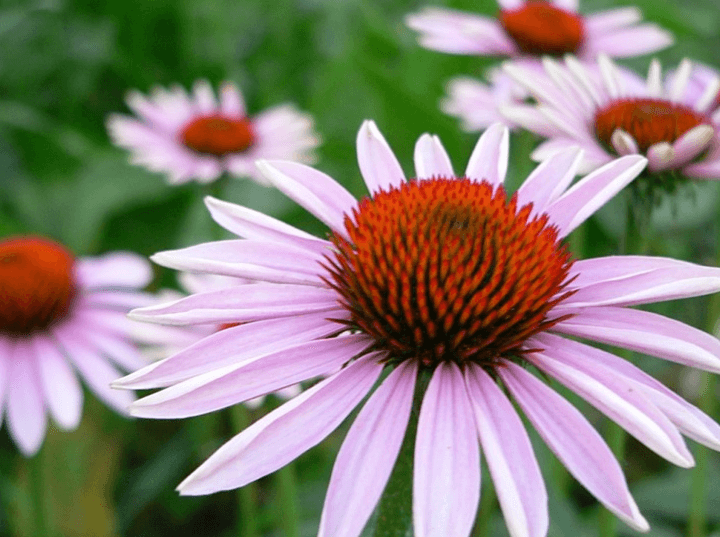
Plants have Four Basic Root Systems:
- Spreading - separate by hand. Examples are asters & purple cone flower
- Clumping - separate with a knife. Examples are hosta & day lilies
- Rhizome - separate with knife leaving a few inches of rhizome & a leaf. Best example is the bearded iris
- Tuberous - separate with a knife with each tuber having some roots & a sprout. Best example is the dahlia
Some plants are so huge you'll need a shovel & some brute force to divide. Don't be timid...go for it!
Just get the new divisions in a bucket of water or in the ground right away. If you do, despite some rough handling, they will flourish.
I complied a new page for you ~ a dividing cheat sheet.
Click for the down & dirty on dividing common perennials.
I think this cheat sheet will be really helpful when the time comes to divide & conquer!
Oh and, not all plants like to be split up, so...
Plants NOT to Divide
Some plants should simply not be divided.
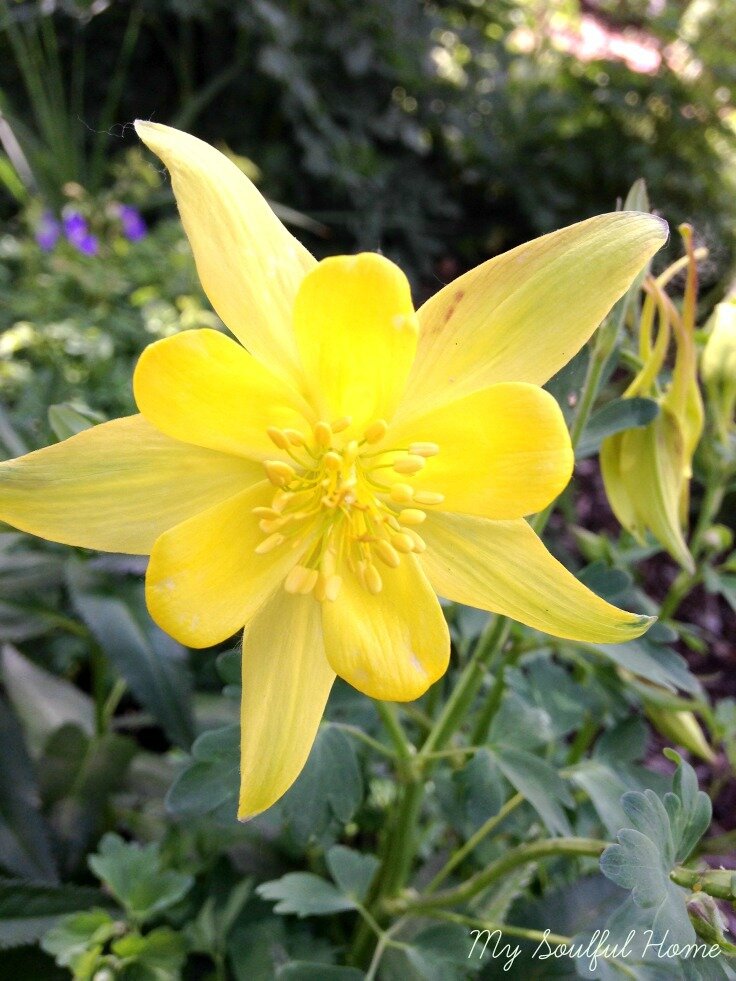
These include butterfly weed (Asclepias), euphorbias, oriental poppies, baby’s breath (Gypsophila), gas plant (Dictamnus albus), Japanese anemones, false indigo (Baptisia) and columbines (Aquilegia).
Lenten and Christmas roses (Helleborus) are very difficult to move when more than a few years old. Usually you can find tiny seedlings around the base. These are easy to move.
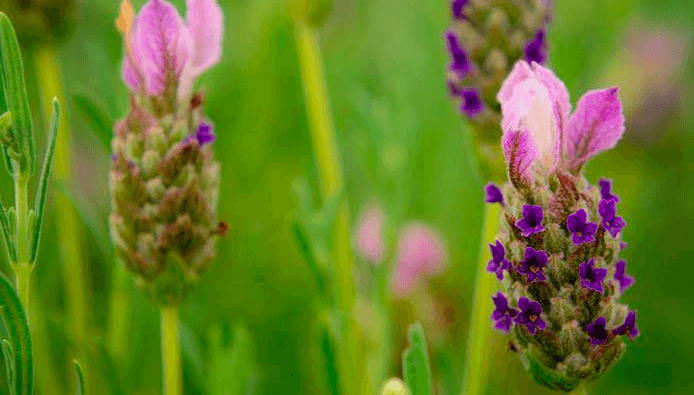
Lavender cotton (Santolina chamaecyparrus) and several other perennials are actually small woody shrubs and should not be divided.
These include perennial candytuft (Iberis sempervirens), lavender, rosemary, southernwood (Artemesia abrotanum), and several other artemesias.
These plants often have rooted layers (branches that have developed roots while touching the soil). The layers can be cut off the parent plant, dug up and replanted as though they were divisions.

You now have lots of info so get dividing & multiplying!!
Don't forget to click for your Dividing Plants Cheat Sheet.
** Kelly **